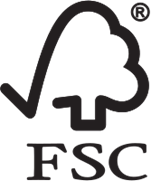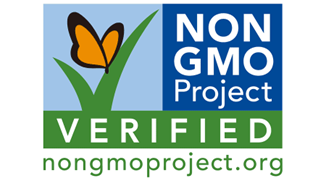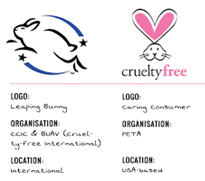Have you ever wondered what the symbols on your packaging mean? They’re not just there for decoration. These symbols and icons are a secret language that manufacturers use to communicate important information about their products.
By learning to decode this secret language, you can make more informed choices about the products you buy. You can also learn more about the product’s environmental impact and social responsibility.
Recycle
The recycle logo is one of the most recognisable symbols in the world. It indicates that the packaging can be recycled, which helps to reduce waste and conserve resources.

Compostable
The compostable logo indicates that the packaging can be broken down into organic matter by micro-organisms. This means that it can be composted at home or in a commercial composting facility.

Forest Stewardship Council (FSC)
The FSC logo indicates that the wood used in the packaging was harvested from sustainably managed forests. This means that the forests are managed in a way that protects their biodiversity and environmental value.

Forest Stewardship Council logo
Fairtrade
The Fairtrade logo indicates that the product was produced according to Fairtrade standards. This means that the farmers and workers who produced the product received a fair price and decent working conditions.

Fairtrade logo
USDA Organic
The USDA Organic logo indicates that the product meets the USDA’s standards for organic production. This means that the product was grown or raised without the use of synthetic pesticides, herbicides, or fertilisers.

Non-GMO
The Non-GMO Project Verified seal indicates that the product does not contain any genetically modified organisms (GMOs). GMOs are plants or animals that have had their DNA altered in a way that does not occur naturally.

Gluten-Free
The Gluten-Free logo indicates that the product does not contain gluten. Gluten is a protein found in wheat, rye, and barley. It can cause health problems for people with celiac disease or gluten intolerance.

Vegan
The Vegan logo indicates that the product does not contain any animal ingredients or byproducts. This includes meat, dairy, eggs, and honey.

Cruelty-Free
The Cruelty-Free logo indicates that the product was not tested on animals. This is an important consideration for consumers who are concerned about animal welfare.

In addition to these symbols, many other packaging symbols and icons that can be found on products. Some of these symbols are specific to certain industries or product categories. For example, there are symbols for food safety, hazardous materials, and shipping and handling.
How to use packaging symbols to make informed choices
Packaging symbols can be a helpful tool for consumers who want to make informed choices about the products they buy. Here are a few tips on how to use them:
- Consider your values and priorities. What is important to you when choosing products?
• If you’re concerned about the environment, look for products with the ‘recycle’, ‘compostable’, and ‘FSC’ logos.
• If you’re concerned about social justice, look for products with the ‘Fairtrade’ logo.
• If you have dietary restrictions, look for products with the ‘gluten-free’ and ‘vegan’ logos.
• If you’re concerned about animal welfare, look for products with the ‘cruelty-free’ logo. - Do your research. Not all packaging symbols are created equal. Some organisations have stricter standards than others. For example, the USDA Organic logo has stricter standards than the “organic” logos used by some private companies. Do some research to learn about the different organisations that issue packaging symbols so that you can make informed choices.
- Don’t be afraid to ask questions. To learn more about the specific packaging symbols on a product, you can consult the product’s website or contact the manufacturer. You can also find information about packaging symbols on the websites of government agencies and non-profit organisations.
In summary, by understanding the meaning of packaging symbols, you can make informed choices about the products you buy and the environmental impact and society. Take a few minutes to look at the packaging symbols on the products you’re considering before you buy them. You may be surprised at what you learn.


